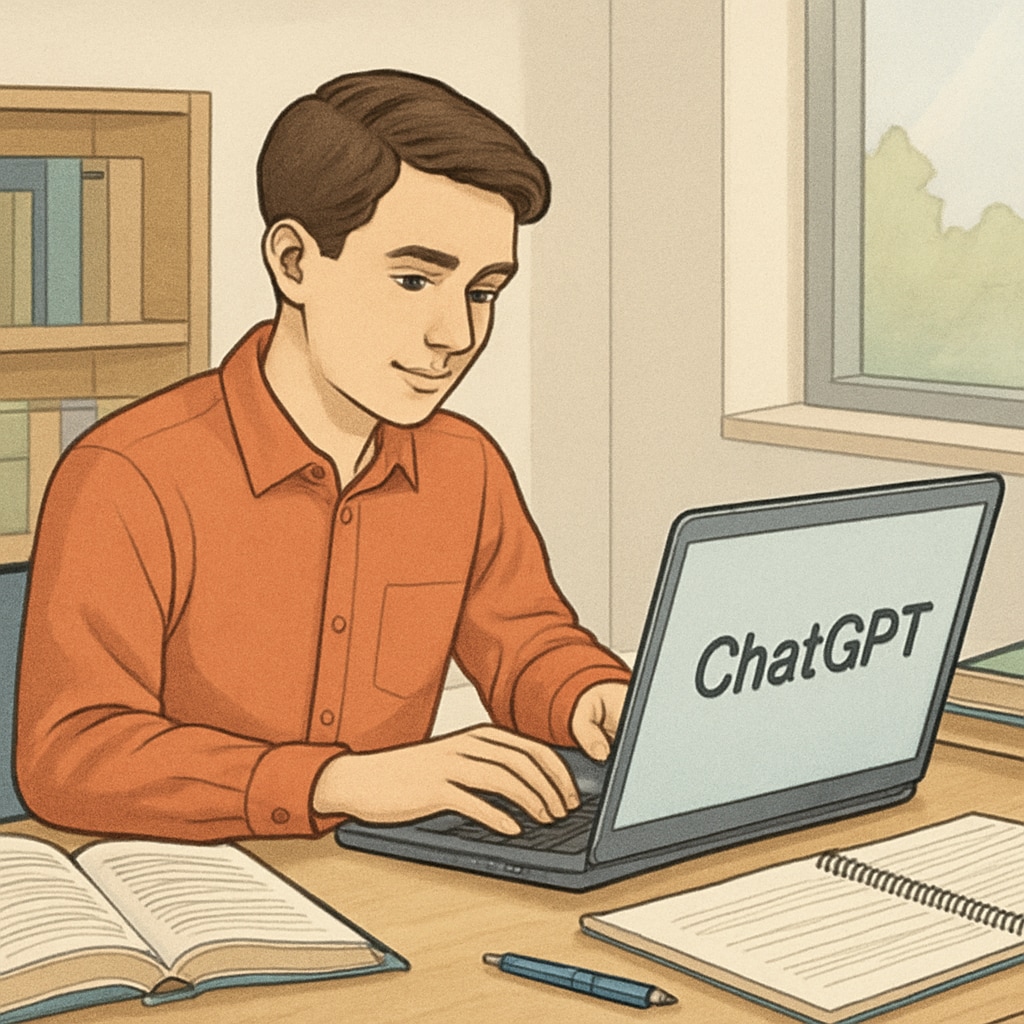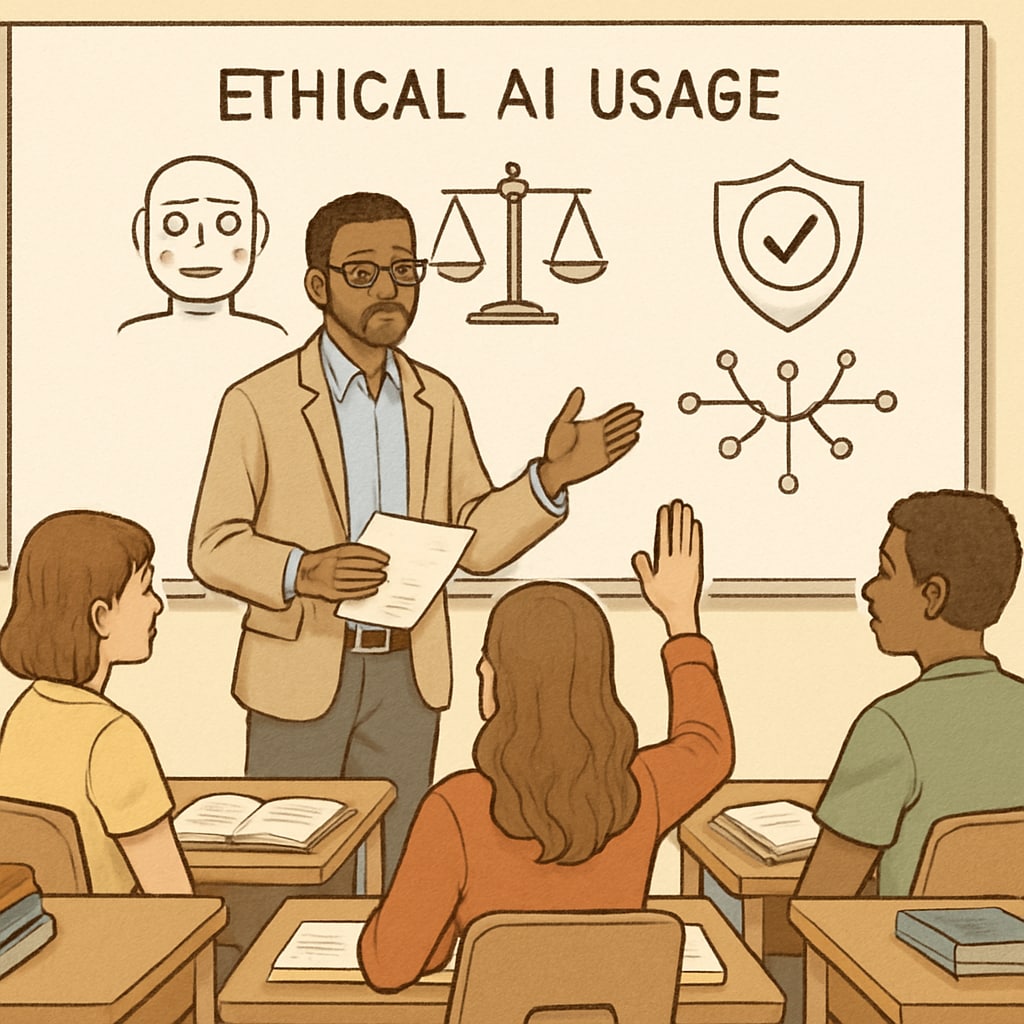With the increasing adoption of AI tools such as ChatGPT, the education landscape is undergoing a transformative shift. While these technologies offer immense potential to enhance learning, they also pose significant challenges to academic integrity, detection methods, and educational costs. Educators must now grapple with the delicate balance of embracing technological innovation while ensuring authentic learning experiences for students. This article delves into the implications of AI tools on education, explores current detection limitations, and provides practical strategies to address these challenges effectively.
The Impact of AI Tools on Academic Integrity
AI tools like ChatGPT have become powerful allies for students, enabling them to generate essays, solve complex problems, and even complete programming assignments in seconds. While this accessibility offers opportunities for skill enhancement, it also raises concerns about the erosion of academic integrity. For example, students may submit AI-generated work as their own, bypassing the critical thinking and problem-solving skills that assignments are designed to develop.
Moreover, the use of AI tools can create disparities in educational outcomes. Students with greater access to advanced AI technologies may gain an unfair advantage, widening the gap between privileged and underprivileged learners. As a result, educators are confronted with the dual challenge of promoting equality and maintaining the core values of education.

Limitations of Current Detection Methods
To address the misuse of AI tools, institutions have turned to detection methods such as plagiarism-checking software and AI-content detectors. However, these solutions are far from foolproof. AI-generated text often mimics human writing with high accuracy, making it difficult for traditional tools to identify. Additionally, rapid advancements in AI models mean that detection algorithms constantly lag behind.
For instance, tools like Turnitin have introduced AI-detection features, but they are prone to false positives, flagging legitimate student work as AI-generated. This not only undermines trust but also imposes additional administrative burdens on educators to manually verify flagged submissions. Furthermore, relying solely on detection methods may inadvertently shift the focus from fostering genuine learning to merely policing student behavior.
Strategies for Educators to Address AI Challenges
Rather than viewing AI tools as threats, educators can adopt proactive measures to integrate them responsibly into the learning process. Below are some practical strategies:
- Redesign Assignments: Create tasks that require personal reflection, real-world application, or collaborative efforts, which AI tools find challenging to replicate.
- Teach AI Literacy: Educate students about the ethical use of AI tools and how to critically evaluate AI-generated content for accuracy and relevance.
- Incorporate AI into Teaching: Use AI tools as supplementary resources for brainstorming, tutoring, or providing feedback, thereby normalizing their use in a controlled environment.
- Focus on Process Over Product: Assess students based on their problem-solving approaches, drafts, and iterations rather than the final submission alone.
By implementing these strategies, educators can shift the narrative from combating AI misuse to harnessing its potential for meaningful learning.

Balancing Innovation with Educational Costs
While integrating AI tools into education offers exciting possibilities, it also comes with associated costs. Institutions may need to invest in AI-detection software, train faculty on emerging technologies, and redesign curricula to accommodate new learning paradigms. These expenses can strain budgets, especially for schools with limited resources.
Additionally, over-reliance on AI tools may inadvertently devalue traditional teaching methods, such as in-person discussions and hands-on experimentation. Striking a balance between technological adoption and preserving the essence of education requires careful planning and resource allocation.
For example, schools could prioritize low-cost or open-source AI tools and collaborate with industry experts to develop tailored solutions. Policymakers, meanwhile, should consider offering grants or subsidies to support educational institutions in navigating this transition.
Conclusion: Embracing the Future of Learning
The rise of AI tools like ChatGPT presents both opportunities and challenges for educators. While concerns about academic integrity, detection methods, and educational costs are valid, these issues can be addressed through thoughtful strategies and collaboration. By embracing AI as a partner rather than an adversary, educators can foster a learning environment that combines technological innovation with ethical responsibility. Ultimately, the goal should be to prepare students not only to use AI tools effectively but also to understand their limitations and implications in a broader societal context.
As we navigate this transformative era, the focus must remain on nurturing critical thinking, creativity, and collaboration—skills that no AI can fully replicate.
Readability guidance: This article employs clear headings, short paragraphs, and transition words to enhance readability. Lists are used to summarize key points, and the use of passive voice is minimized. The content balances technical insights with accessible language to ensure comprehension for a broad audience.


